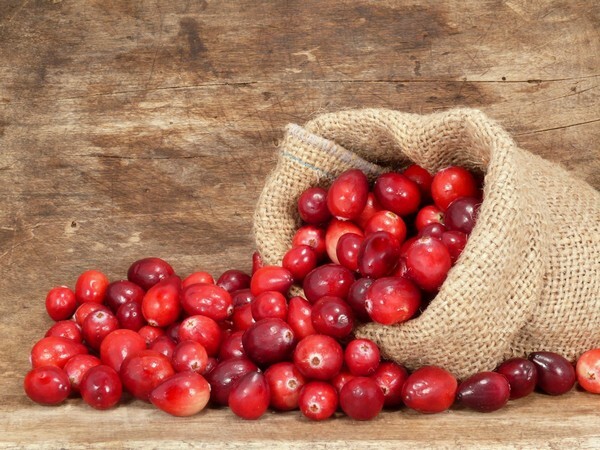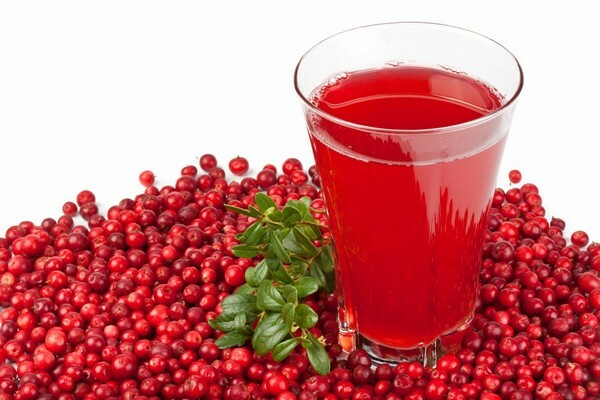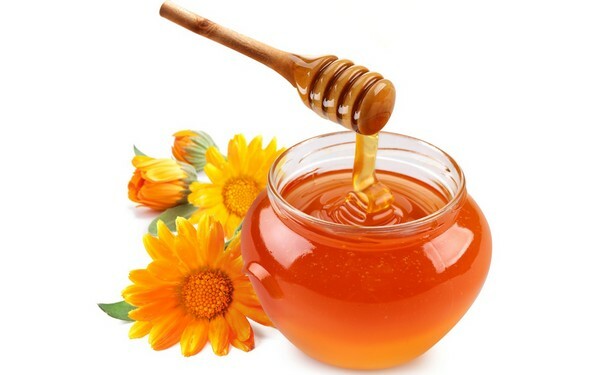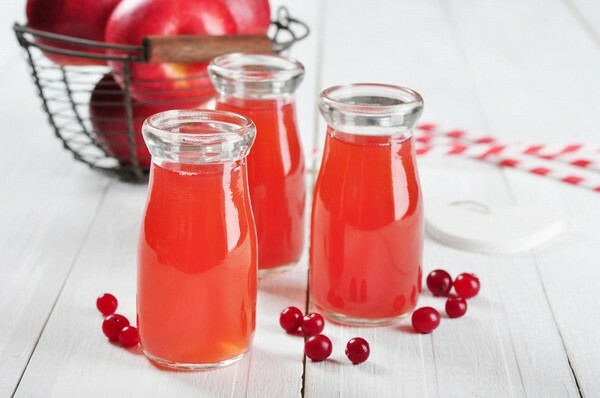- Useful properties of berry culture for kidney cleansing
- Treatment of urolithiasis
- Proper use of medicinal berries in the treatment of
Regular use of cranberries normalizes metabolism, strengthens blood vessels, increases the body's resistance to viral and bacterial respiratory diseases. But the most widely tasty berry is used in the therapy of urinary tract pathologies due to pronounced diuretic action. Morse and freshly squeezed cranberry juice has antibacterial, antimicrobial and antiseptic activity. Therefore, the use of berries is relevant for pathologies caused by pathogenic bacteria. Especially indispensable cranberry for the kidneys - folk healers recommend drinking sour juice for dissolving stones and removing sand.

Useful properties of berry culture for cleansing of the kidneys
Under the influence of external or internal factors, the functional activity of the kidneys decreases with time. Unreasonable nutrition, low motor activity, untreated pathologies cause accumulation of insoluble salts in the pelvis, tubules and glomeruli. Gradually, the crystals are attracted to each other, become larger and form the kidney calculus.
Drugs with a diuretic effect are used to remove sand and small stones. The freshly squeezed cranberry juice also has a similar activity. To cleanse the kidneys, take 0.3 cups of drink 3-4 times a day after meals for 10-14 days. Cranberry contains a large amount of organic acids, but benzoic is important for the dissolution of oxalates, urates, phosphates and carbonates.
Accumulation of stones in the kidneys provokes a violation of concentration, filtration and excretion of urine. There are stagnant phenomena in the organs of the urinary system - a favorable environment for the active reproduction of staphylococci, protea and Escherichia coli. Under the influence of the toxic compounds released by them inflammatory foci are formed in the kidneys, urethra, bladder and serious diseases develop:
- acute and chronic renal failure;
- cystitis, including hemorrhagic;
- pyelonephritis;
- glomerulonephritis;
- urolithiasis.
Phytoncides and organic acids from the composition of cranberry juice acidify urine, slowing the growth of pathogenic microbes and viruses. And the rapidity of urination quickly and effectively removes infectious pathogens from the human body.

Treatment of urolithiasis
Before cleaning the kidneys and bladder from crystals and stones with cranberry juice, you must undergo thorough instrumental diagnostics. This is necessary to establish the size and shape of the stone. The fact is that under the influence of cranberry juice kidney stones will begin to depart. If they are too large, then there is a great chance of disrupting the integrity of the blood vessel or ureter. But for the removal of mineral salts diuretic properties of cranberries will be very useful.
It's interesting: The chemical composition of the stones and their shape is influenced by the human diet. The lack of proteins and carbohydrates leads to the formation of strong urates, and the predominance of acidic foods in the daily menu causes the accumulation of gray dense oxalates in the kidneys.
Virtually all biologically active substances from the composition of acidic berries have a curative effect on the kidneys and the bladder, in which the stones have accumulated. Cranberry with urolithiasis shows multifaceted therapeutic effectiveness:
- high concentration of malic, oxalic, benzoic acid serves as an obstacle for the processes of crystallization and the deposition of mineral compounds in the pelvis, glomeruli, tubules of the kidneys and bladder;
- pectin content in cranberries provides a qualitative cleansing of the gastrointestinal tract from various slags and toxic compounds. This ability prevents digestion and, as a consequence, the accumulation of mineral compounds in the systemic circulation and renal anatomical structures, bladder, urethra;
- the presence of ascorbic acid in the cranberry serves as an obstacle to the formation of inflammatory foci in all organs of the urinary system. Vitamin C takes part in oxidation-reduction processes, accelerating the metabolism and regeneration of damaged tissues.
An important role in the treatment of kidney and bladder diseases has the antioxidant effect of cranberry juice. Biologically active substances from its composition can destroy free radicals, preventing premature aging and necrosis of cells.
Warning: Cranberries are used only for the treatment of chronic urolithiasis. Berry has proven itself and as a preventative against relapse of this pathology of the kidneys and bladder. But with exacerbation of urolithiasis, it is possible to avoid the use of pharmacological drugs and even surgical intervention.

is allowed to be added to the cranberry juice. Proper use of the healing berry in the treatment of
Before starting treatment, one important feature of the cranberry should be considered - biologically active compounds from its composition are able to prolong and enhance the action of antibacterial drugs from anyseries. And this does not always have a positive effect on the human body. Antibiotics have serious side effects, so urologists and nephrologists always carefully calculate daily and single doses, as well as the duration of the therapeutic course. The use of cranberry juice on the background of antibiotic therapy will cause an overdose. Use the medicinal berries can only be after the main treatment.Glomerulonephritis
The defeat of the glomerular capillaries with glomerulonephritis causes the stagnation of urine, the development of a strong edema of soft tissues. The use of cranberry juice leads:
- to increased frequency of urination;
- to remove excess fluid from the body;
- to stop the inflammatory process.
The undoubted advantage of this berry culture is a mild diuretic effect. Despite the frequent urge to empty the bladder, the cells and tissues retain the necessary supply of micro- and macroelements.
For the treatment of chronic glomerulonephritis, fresh squeezed cranberry juice is used, which is released from the berries after they are wiped through a sieve. It is not recommended to sweeten the drink with sugar or honey, as this will lead to a decrease in therapeutic effectiveness. Cranberry juice should be taken 0.5 cup three times a day after meals for 2-3 months.

Pyelonephritis
Pyelonephritis inflames the tubules of the kidneys after penetration into them of pathogenic microorganisms - enterococci, staphylococci, E. coli. In the treatment of this pathology, not only diuretic properties of cranberries are used, but also antiseptic and antimicrobial. The use of berry fruit helps to quickly achieve positive therapeutic results:
- to destroy pathogenic bacteria;
- to remove from the inflammatory foci of microbes and toxic products of their vital activity;
- to prevent crystallization of mineral salts;
- prevent the spread of inflammation to other organs of the urinary system.
Cranberry in pyelonephritis quickly and effectively removes pain in the lower abdomen and symptoms of general intoxication of the body. Prepare a healing drink as follows:
- Two cups of fresh berries should be filled with a liter of water and bring to a boil.
- Simmer over low heat for 5-7 minutes, then press under cover for about an hour.
In the treatment of pyelonephritis, it is allowed to add dense honey to the beverage to improve taste. Folk healers recommend taking half a cup of cranberry juice 3 times a day after eating. The duration of treatment depends on the severity of the disease and ranges from three weeks to 2-3 months.
Recommendation: It is undesirable to use berries together with infusions and decoctions of plants exhibiting diuretic activity - bearish ears, woolly erysipelas, staminate orthosiphon. A combined diuretic effect will provoke a dangerous state of dehydration.
